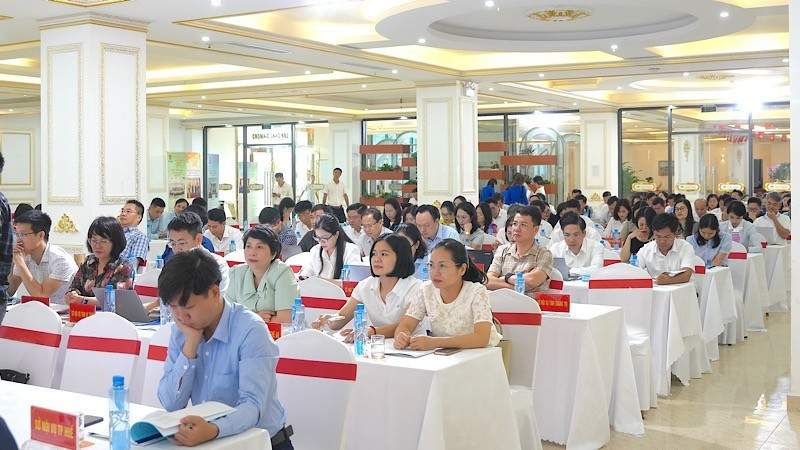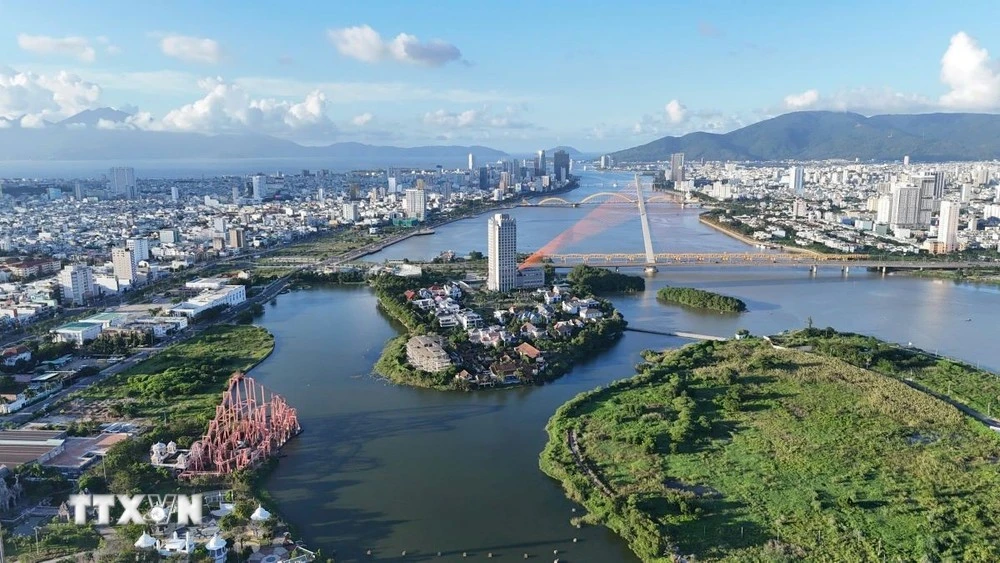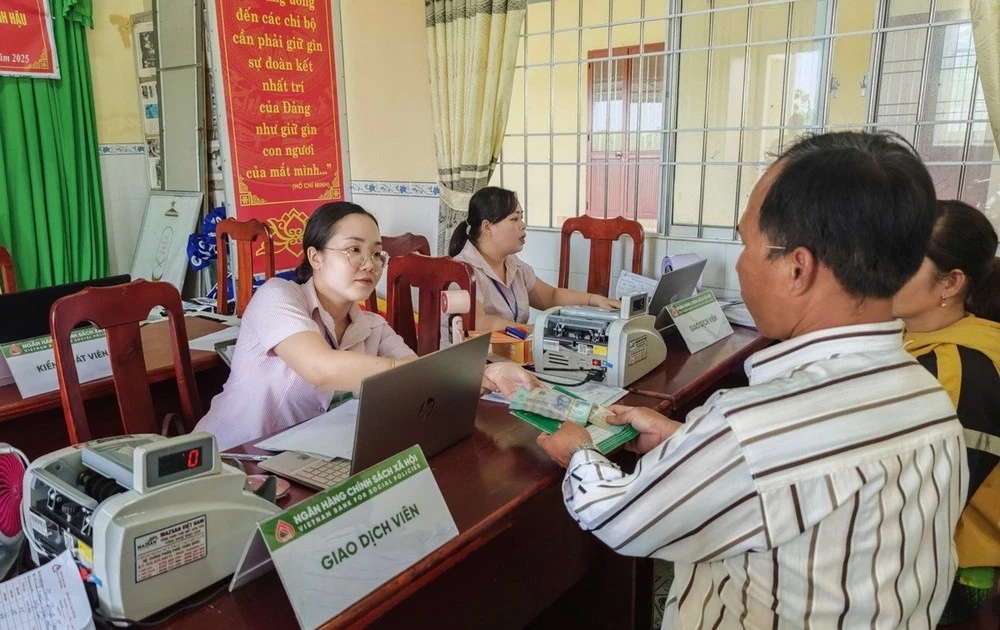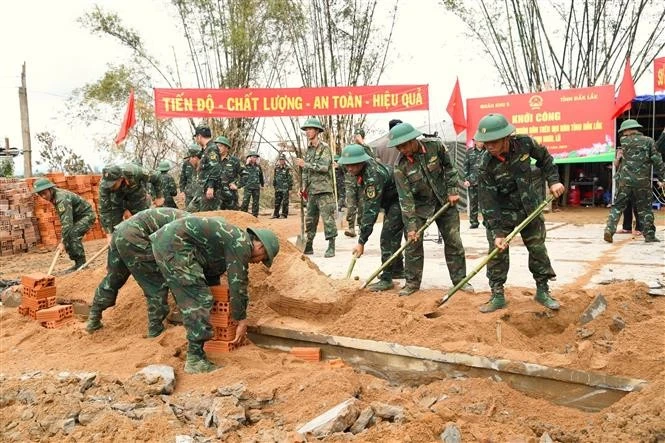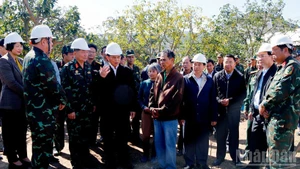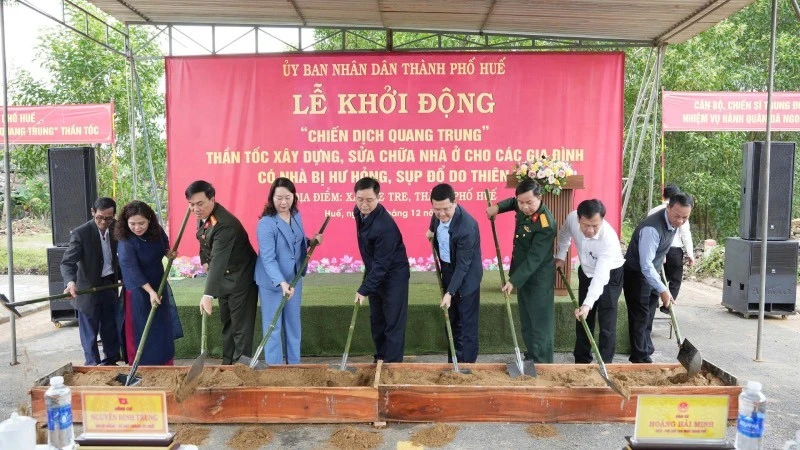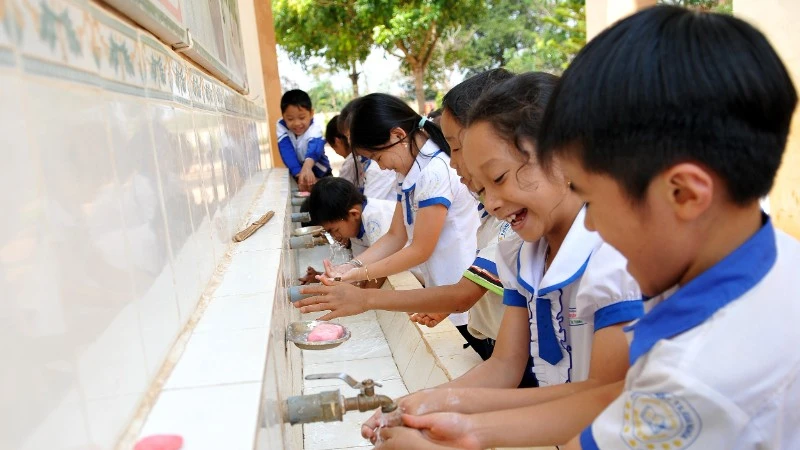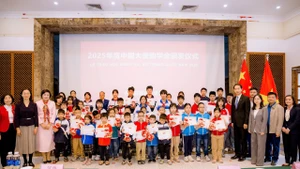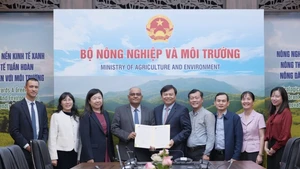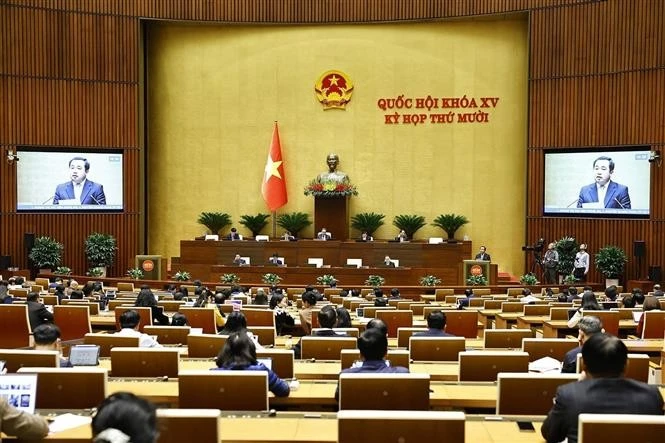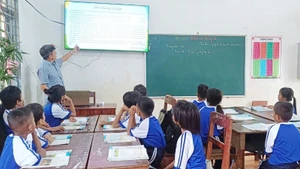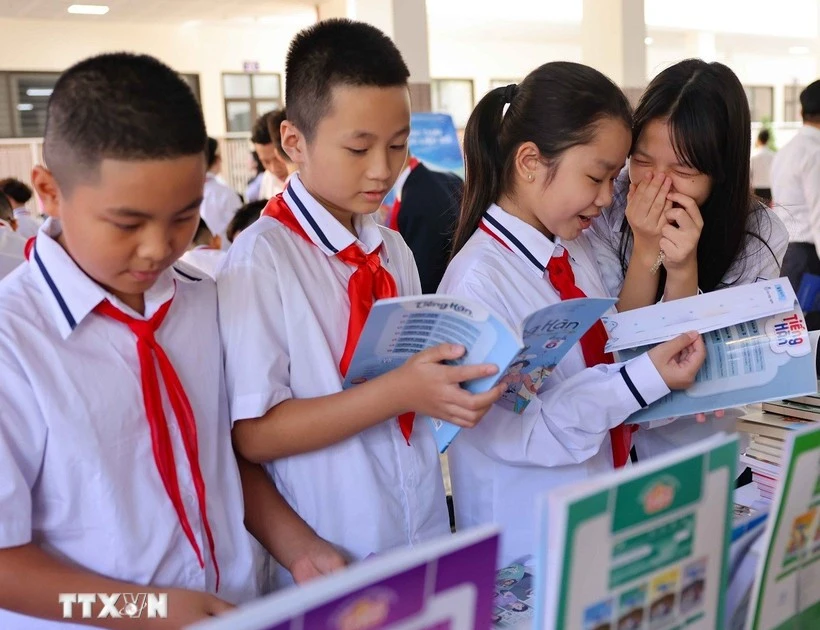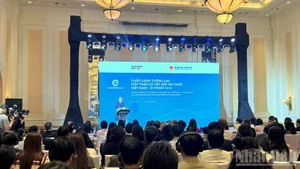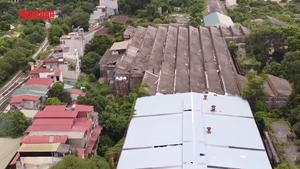The Ministry of Home Affairs, in cooperation with the People’s Committee of Nghe An Province, held a conference on October 20 to review the implementation of the seasonal labour programme in the RoK under the local-to-local cooperation model between Viet Nam and the RoK.
Since the pilot scheme was approved under Government Resolution No. 13/NQ-CP in 2018 and extended by Resolution No. 59/NQ-CP in 2022, 16 provinces and cities have participated, sending a total of 10,011 workers to RoK by the end of September 2025. Most seasonal workers are employed in agriculture, particularly in crop cultivation and harvesting, and to a lesser extent in fisheries.
Ninh Binh leads with over 3,160 workers sent since 2022, followed by Da Nang (2,373) and Dong Thap (1,467). The demand to join the programme remains far higher than the number of available placements. Average monthly earnings range from 30 to 47 million VND (1,800–2,500 won), excluding overtime, after living expenses are deducted.
The programme is non-profit, with no service fees charged by local authorities or employment centres. Workers cover only personal expenses such as passports, health checks, visas, and air tickets. This transparent, fair policy has created new job opportunities, especially for low-income and rural workers. Upon returning home, participants typically save between 80 and 100 million VND (3,000–3,800 USD).
The RoK values the initiative for helping alleviate seasonal labour shortages in rural areas. The government has increased its 2025 quota for seasonal workers to 95,700, a 41% rise from 2024.
Despite positive outcomes, challenges remain: some localities have struggled with proper worker selection, training, and contract compliance. Cases of workers breaking contracts or fleeing due to harsh weather, heavy workloads, or language barriers have been reported.
Delegates at the conference urged both governments to strengthen regulations, enhance worker training, and improve contract enforcement.
